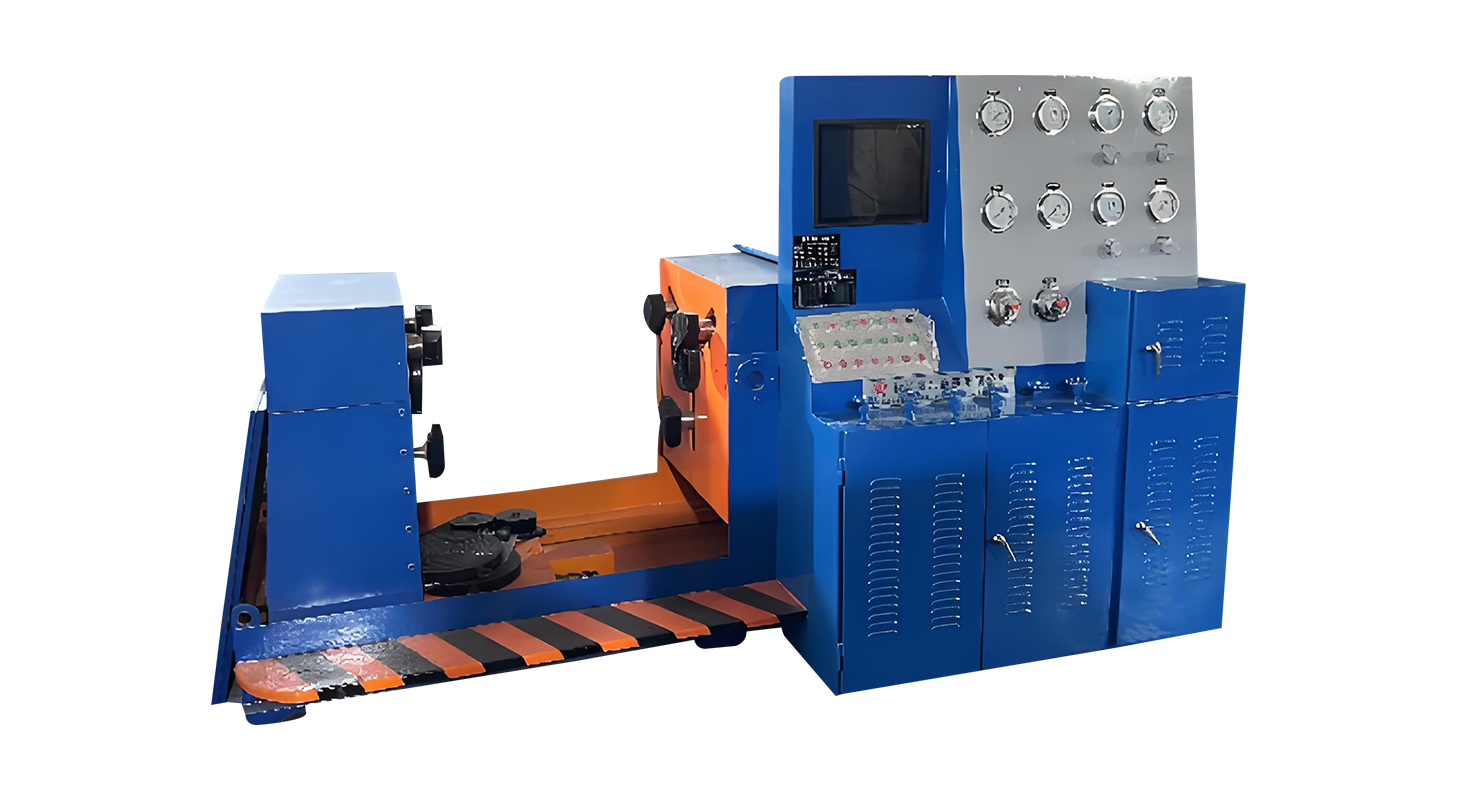Jun 25, 2025
Valve testing is a critical step in ensuring the functionality, safety, and reliability of industrial valve systems. However, during the valve testing process, various common errors can occur that may compromise results, advance to inaccurate data, or even cause damage to the equipment under test. Understanding how to prevent these errors can significantly improve the efficiency and accuracy of valve inspection. This article will explore common mistakes in valve testing and offer practical approaches to avoid them, focusing on the use of valve sealing test equipment and valve assembly test stands.

Misalignment During Valve Setup
One of the frequent issues in valve testing is the improper alignment of the valve within the valve assembly test stand. When a valve is not correctly positioned, the applied pressure may not distribute evenly, which can result in false readings or damage to both the valve and the test stand. To prevent this, it is essential to carefully follow the setup instructions, ensuring the valve is securely mounted, aligned, and centered in the testing fixture. Precision adjustment tools on modern valve assembly test stands can assist in achieving accurate alignment, but operator attention remains crucial.
Incorrect Pressure Application
Applying incorrect pressure levels during testing can cause a variety of problems, including valve failure, equipment damage, and invalid test results. For valve sealing test equipment, the pressure range must be selected based on the valve's specifications and testing standards. Operators should regularly verify pressure gauges and calibration tools to confirm accuracy. Additionally, using a gradual pressure increase rather than sudden application helps protect both the valve and the test equipment from unnecessary stress.
Improper Sealing and Connection
A common mistake in valve sealing tests is failing to properly secure the sealing surfaces and connections. Loose fittings, worn-out gaskets, or improper sealing rings can introduce leaks that may be misinterpreted as valve defects. Before starting the test, all connections should be thoroughly inspected, and the valve sealing test equipment should be checked for any signs of wear or contamination that could affect the sealing integrity.
Insufficient Cleaning and Preparation
Dirt, dust, or leftover debris can interfere with valve testing, pilot to inaccurate leak detection or flow measurement. It is essential to thoroughly clean both the valve and the valve assembly test stand before conducting tests. Residues inside the valve or on the test bench surfaces can block sealing areas, disrupt pressure readings, and compromise the entire testing process. Clean working environments and regular maintenance routines help reduce these risks.
Ignoring Temperature Effects
Temperature fluctuations can significantly impact valve behavior, especially during pressure and sealing tests. Thermal expansion or contraction may cause mispilot results, particularly if valve sealing test equipment or the test medium is affected by temperature changes. It is important to monitor and stabilize the testing environment whenever possible. Testing at consistent temperatures aligned with industry standards ensures more reliable outcomes.
Inaccurate Test Timing
Valve testing procedures often include holding periods for pressure or leak observation. Cutting these periods too short or extending them unnecessarily can result in false conclusions. Operators should strictly adhere to recommended timeframes provided for each test type. Valve assembly test stands with automated timing features can assist in maintaining consistency, but manual attention to timing protocols is equally important.
Incomplete Documentation
Accurate record-keeping is essential in valve testing. Missing or incomplete data can cause confusion in later stages of inspection, rework, or system validation. Every step, including initial setup, pressure readings, leak detection results, and observations from valve sealing test equipment, should be thoroughly documented. Reliable valve assembly test stands often include data acquisition systems that support real-time recording, which helps reduce human errors in documentation.
Operator Inexperience
A significant portion of valve testing errors originates from operator mistakes. Lack of training, unfamiliarity with the test equipment, or failure to understand testing standards can easily advance to incorrect procedures. Continuous training and hands-on practice with valve sealing test equipment and valve assembly test stands help build operator competence and reduce preventable errors.
Preventing common errors in valve testing requires attention to detail, proper equipment handling, and consistent adherence to testing standards. By focusing on correct valve alignment, accurate pressure application, proper sealing, and thorough preparation, many of these mistakes can be avoided. Using reliable valve sealing test equipment and precisely configured valve assembly test stands supports efficient and accurate testing processes. With careful practice and a systematic approach, operators can less testing errors and contribute to the reliable performance of industrial valve systems.